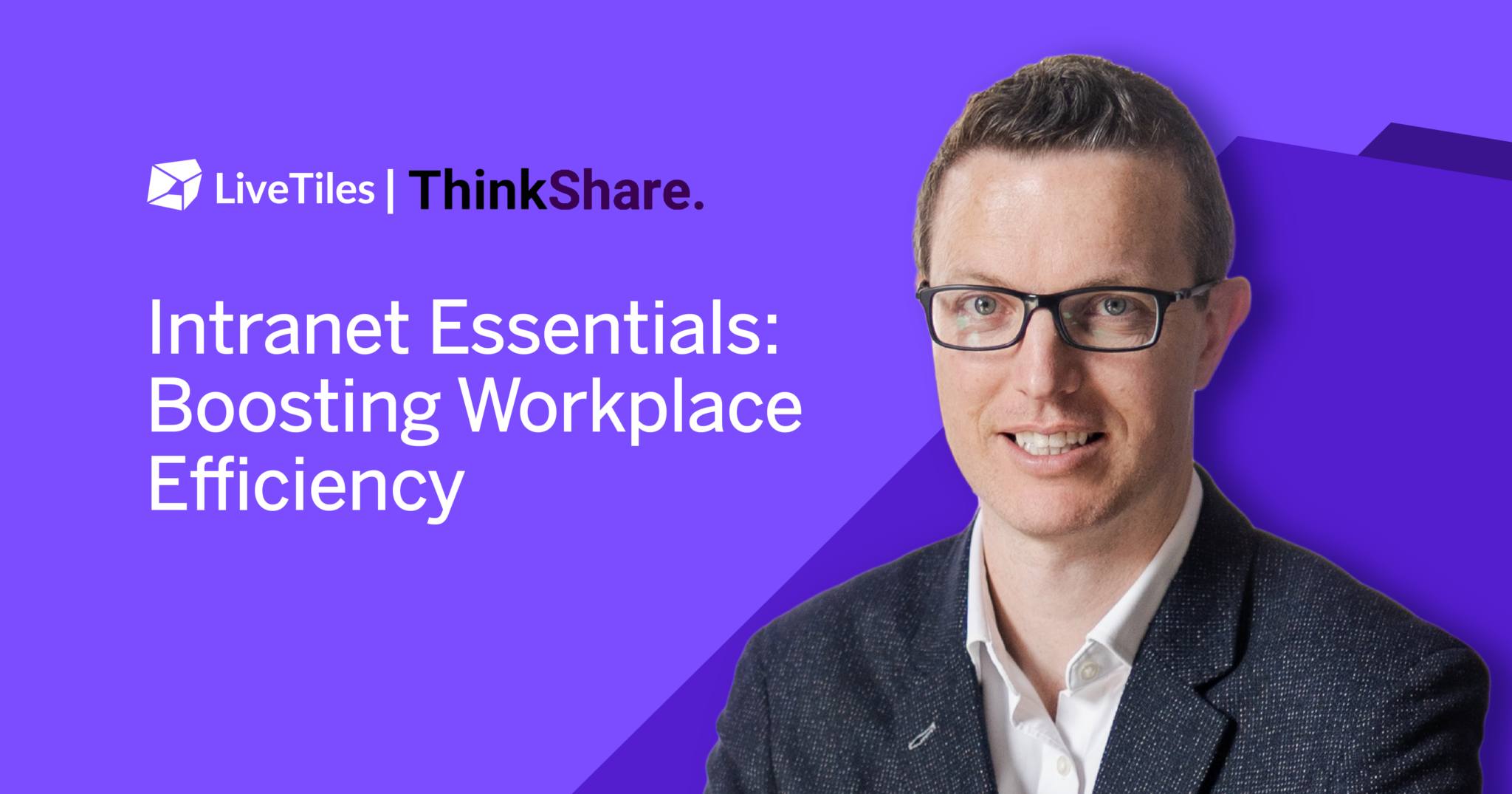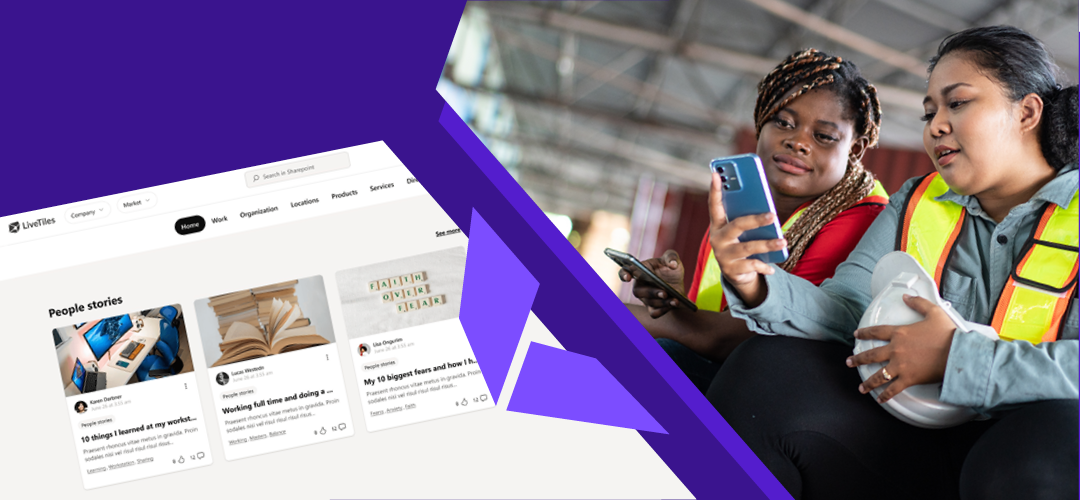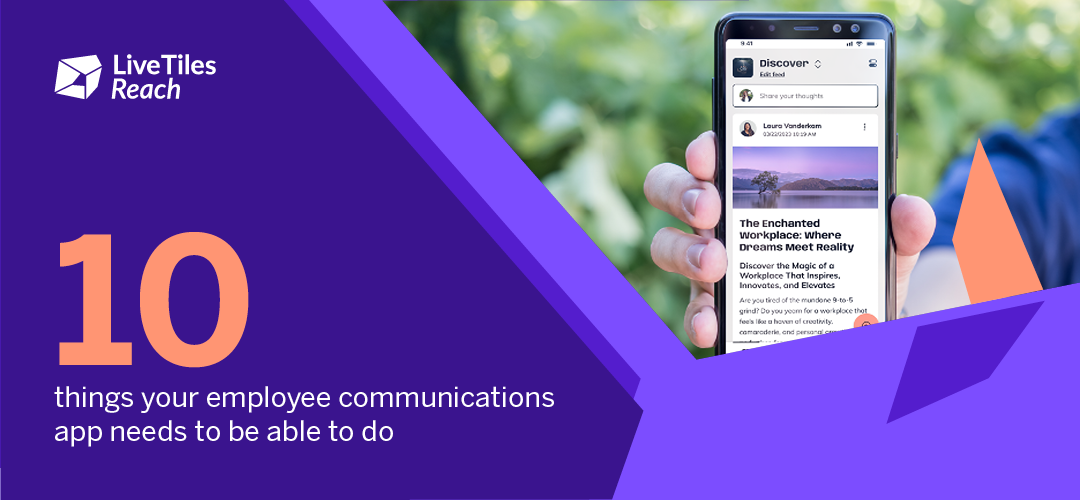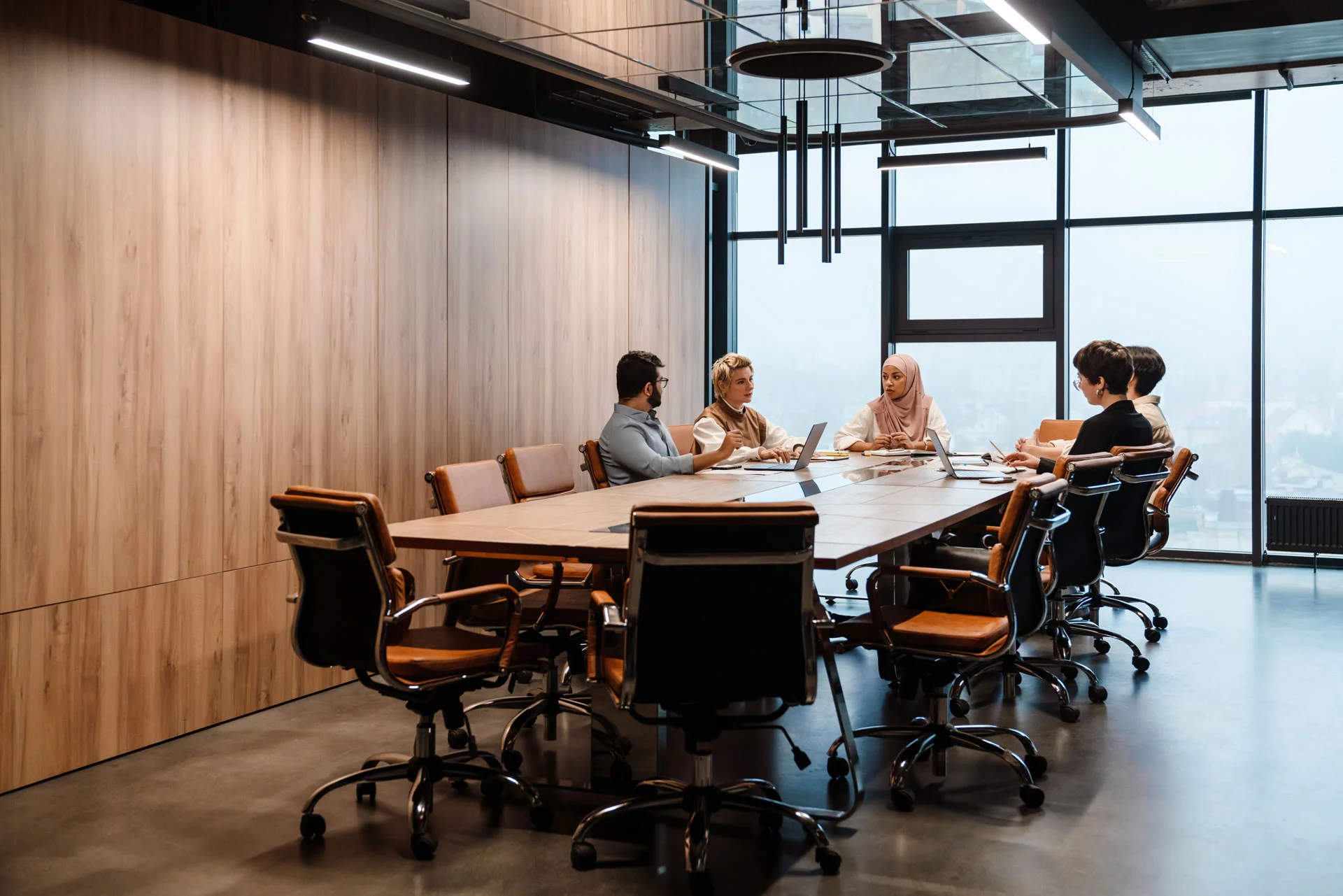In the 2010s, a digital employee experience was nice-to-have. By the time the new decade came in, it became a must-have. This has become more apparent as we end 2021, after nearly two years of an accelerated shift into the digital workplace.
James Robertson, founder of Australia-based consultancy Step Two, defined digital employee experience as the “sum total of digital interactions within the work environment”. This was noted by LiveTiles in its 2020 Digital Workplace Experience report, which acknowledged the need for organizations “to craft a consistent, user-centered and personalized experience of workplace technology that helps employees with their working day.”
For LiveTiles, employee experience (EX) is the emotional connection that emerges from the sum of an employees’ total experience with an organization. A great digital employee experience must then let employees feel deeply connected and engaged to a company’s purpose, brand and vision. This is what enables employees to perform at their best, leading them to have healthy experiences at work and in their personal endeavors.
This shows that digital employee experience is no longer a mere transfer of workplace interactions to online platforms. Today, it is a vital component to keep all people in an organization engaged.
To prepare for the coming year, we’ve rounded up three ways to help organizations improve their employee experience:
1. Automate mundane tasks when possible
In the 2020 Digital Workplace Experience report, LiveTiles noted a survey by Gartner that found 7 out of 10 white-collar workers would be interacting with chatbots on a regular basis by 2022. These bots can play a wide array of functions, from simple note-taking to more intelligent tasks like responding to some of the most basic queries a regular staff may have to a human resource officer.
These features can optimize the tasks of some of the most in-demand members of a company, allowing everyone to function and deliver their duties without the nagging feeling that one has left some mundane work undone. This also reinforces the need for companies to implement and improve AI-enabled features of their digital employee experience. It also underscores another insight from the report: the need for the digital employee experience to be “people-centered”.
2. Keep digital tools accessible
As ordinary, taxing work is transferred to automated solutions, employees would now have the chance to focus on more productive, collaborative, or meaningful work. This is especially helpful now that work-from-home arrangements are becoming more common. Companies must now ensure that the digital employee experience is accessible and enjoyed whenever and wherever an employee may be. A Gartner report had already suggested 48 percent of employees are expected to continue working from home even after the pandemic.
With hybrid working conditions expected to be the new model of work, a digital employee experience that allows the entire workforce to thrive in such a set-up would be the new standard from organizations.
3. Introduce digital solutions in an all-in-one platform
This need for accessibility and privacy also highlights the benefit of bringing different parts of the digital employee experience into a single platform. Much like how most would want their closets to look—organized and well-labeled—most would also want a cohesive digital work platform.
PepsiCo, the multinational beverage company, is one of the organizations that recently implemented such a move, allowing all the members of its company to access apps and collaboration sites relevant to their tasks in a single online space. Imagine if all of the functions required in a job are accessible from wherever the employee spends most of their time online (such as Teams, an employee app, or SharePoint); there would be no need to constantly switch apps and keep track of endless notifications.
It is worth noting, however, that these upgrades, no matter how shiny and new, will remain unattractive to employees when implemented without their needs in mind. Practicing “active” listening, and crafting features that set employees up for success, will be the best tools to deliver the best digital employee experience.







